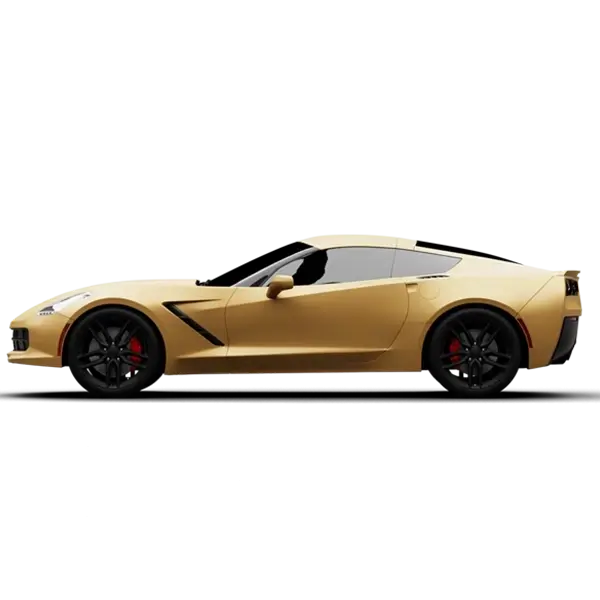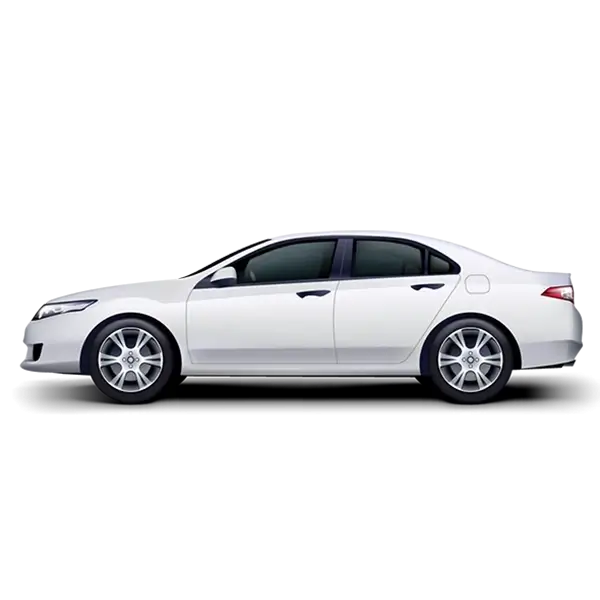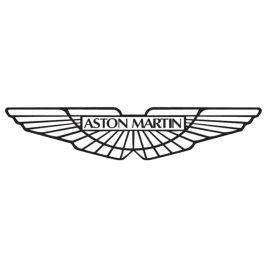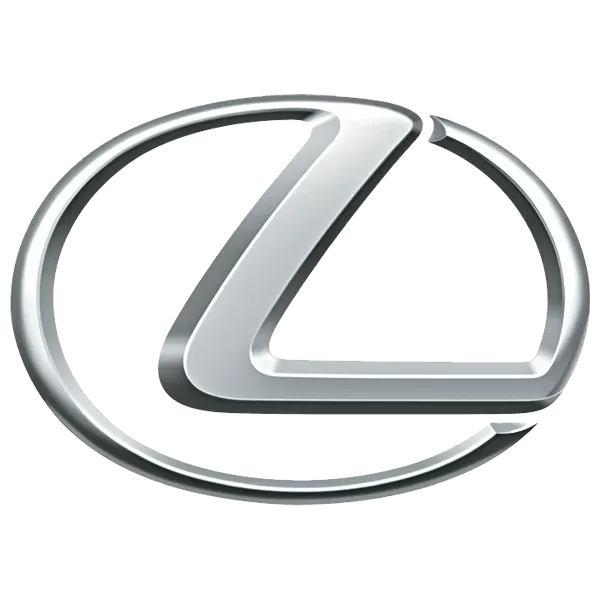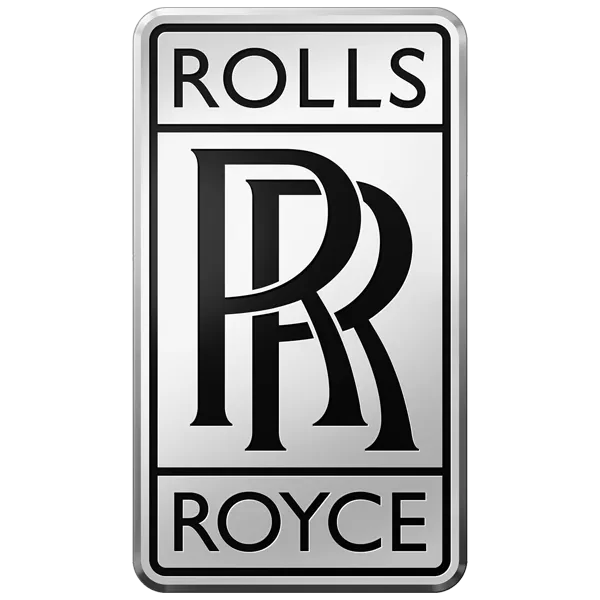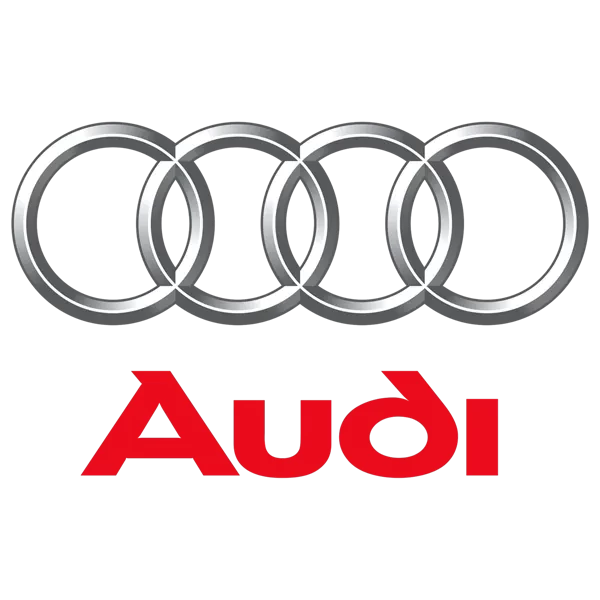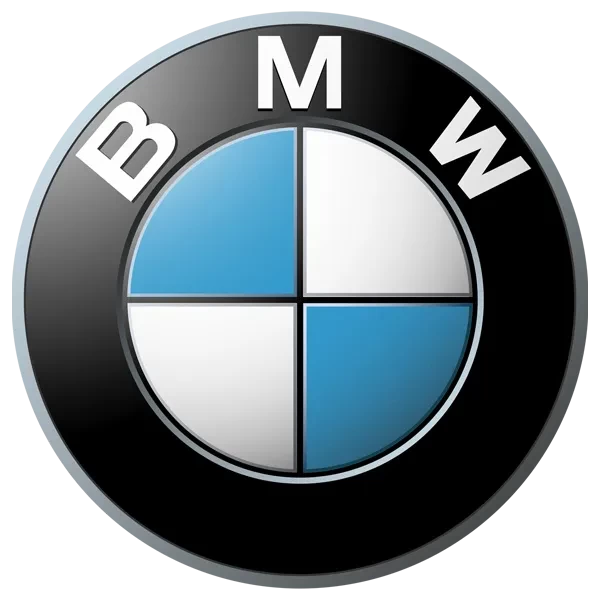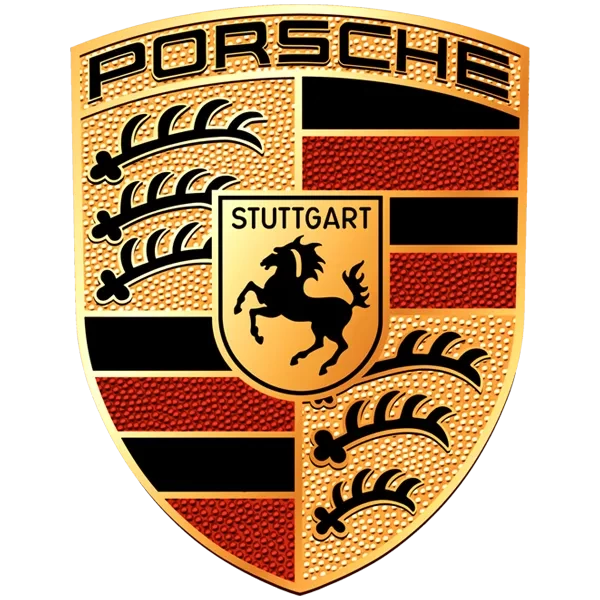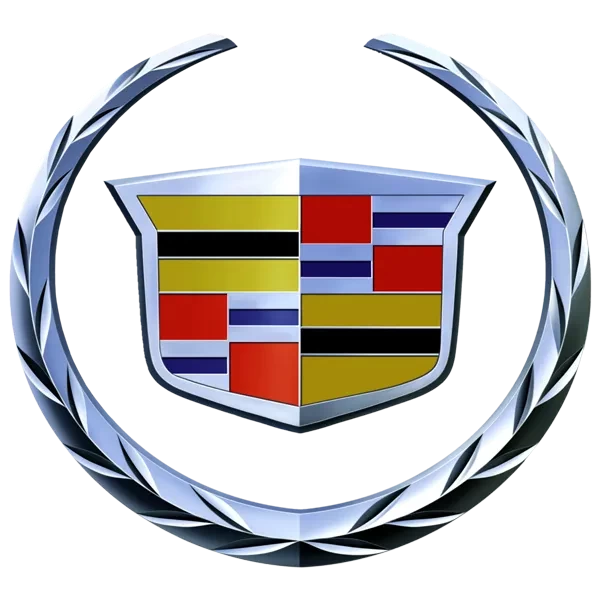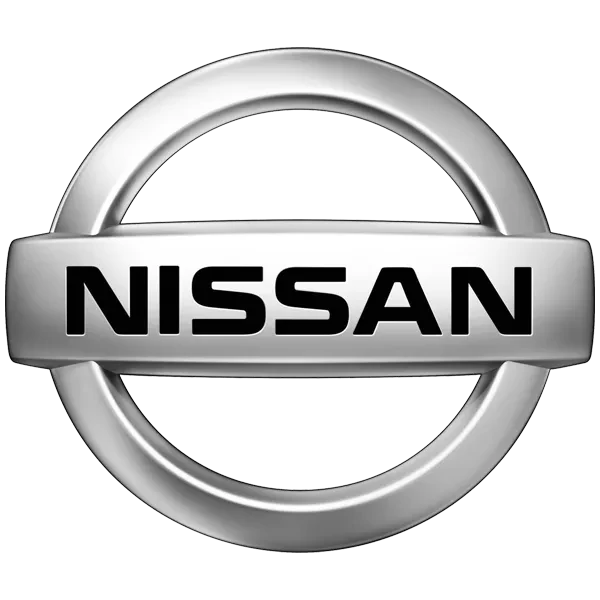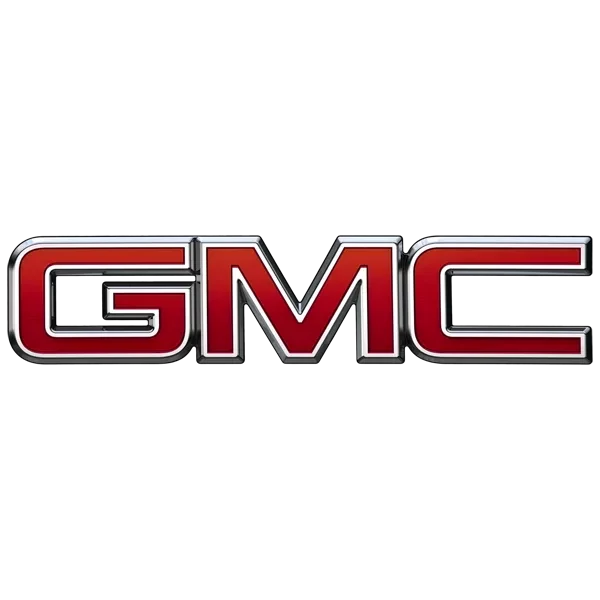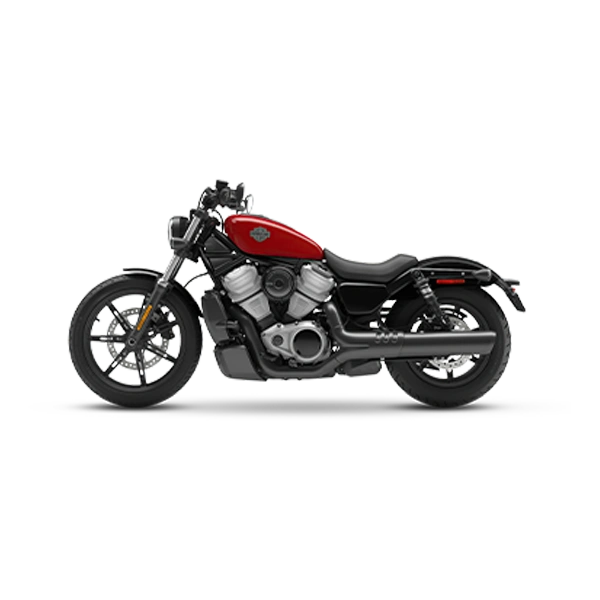Most Common Chevrolet Problems and Solutions
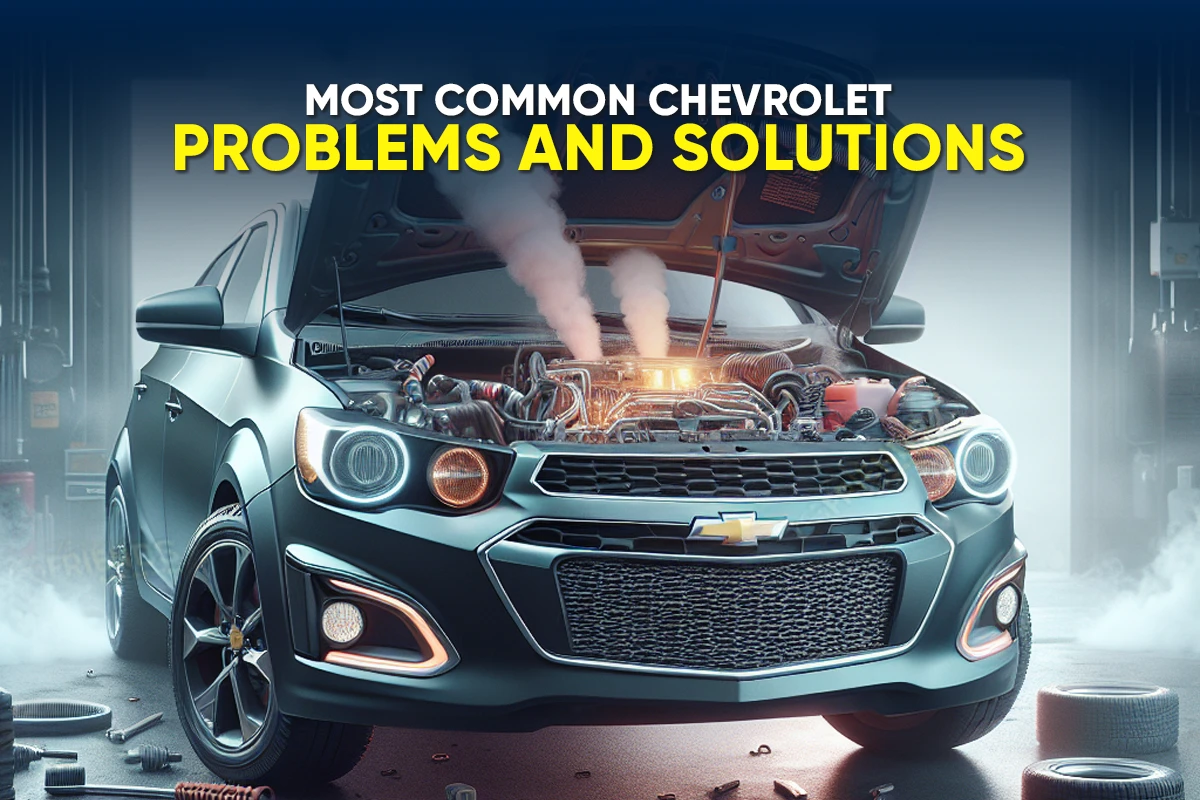
While Chevrolet—a leading American auto brand—stands tall when it comes to customer satisfaction, some of its models still present recurring issues, which can be troubling for Chevy owners. So, whether you already own or plan to own a Chevy in the future, this comprehensive guide, most common Chevrolet problems and solutions, is your blueprint for hassle-free Chevrolet ownership. Here, we’ll navigate through 23 common Chevy issues and their solutions, helping you understand what leads to such problems and how you can fix them when in need. Understanding your vehicle inside out is key to a stress-free drive, especially in Dubai's diverse conditions. Let’s dive in.
23 most common Chevrolet problems and solutions:
Rough Shifting: Check fluid; get diagnostics for software/worn parts.
Lurching or Jumping When Shifting: Get software updates or component corrections.
Stalling (Transmission): Get your dealer to fix faulty fuel pumps/ignition sensors.
Dead Batteries: Test for parasitic drains; resolve battery/electrical faults.
Faulty Alternators: Inspect charging system; restore faulty units.
Flickering Lights: Get electrical diagnostics; tighten wiring or correct components.
Difficulty Starting: Get dealer diagnostic for ignition/security systems.
Locked-Up Steering: Inspect power steering fluid; get diagnostics/recalls at dealer.
Difficulty Steering: Check fluid levels; get dealer work for worn parts.
Excessive Oil Consumption: Monitor oil levels; fix piston rings/valve seals.
Locked-Up Brakes: Inspect brakes regularly; overhaul worn calipers/modules at dealer.
Electrical Brake Assist System Failure: Get dealer diagnostics for faulty modules.
Squealing Brakes: Inspect brakes; recondition worn pads/rotors.
Leaks Around Windows: Test seals during maintenance.
Leaks Around Sunroofs: Clean sunroof drains; seal worn seals.
Rough Idling: Run diagnostics for sensor/turbo faults; adjust parts.
Stalling (Engine): Get dealer diagnostics for ignition/fuel system.
Reduced Power: Schedule dealer diagnostics; adjust faulty throttle bodies/sensors.
Excessive Fuel Consumption: Run diagnostics for oxygen sensor/turbo faults.
Overheating: Check coolant; resolve faulty radiators/thermostats.
Coolant Leaks: Inspect coolant hoses.
Excessive Bouncing: Inspect suspension; calibrate worn shocks/struts.
Vibrations: Balance tires regularly; tune worn suspension parts.
Chevy Transmission Problems
1. Rough Shifting
What Happens: Gear shifts jolt or shudder, disrupting smooth driving. Clunking noises often surface during acceleration, especially in traffic or on highways.
Why It Happens: Worn clutches or gears, paired with low or dirty transmission fluid, trigger rough shifts. Software glitches in the transmission control module, particularly in eight-speed systems, worsen things when maintenance lags.
Impact: Jerky shifts sap driving comfort. Ongoing strain risks costly transmission damage, and sudden gear changes can make merging unsafe.
How to Fix: Checking fluid levels monthly keeps the transmission healthy; top off or replace dirty fluid. Visiting a Chevrolet service center for diagnostics, which pinpoint software bugs or worn parts, is crucial. Recalls or technical service bulletins, like those for Silverado, may cover free repairs. Regular fluid changes every 30,000–60,000 miles prevent issues.
Affected Models: Silverado (2016–2019), Equinox (2020–2024), Traverse (2016–2018).
2. Lurching or Jumping When Shifting
What Happens: The vehicle hesitates or lurches during gear changes. Acceleration feels uneven, making highway merging or city driving choppy and frustrating.
Why It Happens: Faulty transmission software or worn components cause delays. Contaminated fluid, often from skipped maintenance, exacerbates the problem in models like Equinox.
Impact: Lurching creates unsafe driving conditions. Transmission damage, if ignored, leads to expensive repairs.
How to Fix: Ensure fluid is clean and at proper levels; check it monthly. Scheduling a dealer visit for software updates or component repairs, especially for recalled models, saves hassle. Technical service bulletins may apply to Equinox or Silverado. Regular maintenance every 30,000 miles keeps shifts smooth.
Affected Models: Silverado (2016–2019), Equinox (2020–2024), Traverse (2016–2018).
3. Stalling Chevrolet problems and solutions
What Happens: The engine cuts out suddenly while driving or idling. Restarting proves tricky, disrupting your drive and causing delays.
Why It Happens: Faulty fuel pumps or ignition sensors, often tied to poor maintenance or defective parts, halt fuel delivery or spark, especially in Equinox models.
Impact: Stalling risks accidents in traffic. Engine damage looms if the issue persists, hiking repair costs.
How to Fix: Running diagnostics at a Chevrolet dealer identifies faulty sensors or pumps. Replacing defective parts promptly restores reliability. Checking for recalls, like those for 2020–2024 Equinox, can cover costs. Using high-quality fuel prevents clogs.
Affected Models: Equinox (2020–2024), Silverado (2019–2020).
Related: 25 Common Hyundai Problems & Solutions
Electrical System Chevy Problems
4. Dead Batteries
What Happens: Batteries drain quickly, leaving the vehicle unable to start. Electrical accessories, like lights or infotainment, may flicker or fail.
Why It Happens: Parasitic drains from faulty wiring or defective modules sap power. Overuse of electronics when parked, especially in Bolt EV models, speeds up drainage.
Impact: Frequent battery failures strand drivers. Diagnosing underlying electrical issues racks up repair bills.
How to Fix: Testing for parasitic drains at a Chevrolet dealer pinpoints faulty wiring or components. Replacing batteries and fixing electrical faults, especially in recalled Bolt EVs, is key. Avoiding accessory use when parked saves battery life. Regular electrical checks prevent surprises.
Affected Models: Silverado (2016–2024), Equinox (2016–2024), Bolt EV (2021–2022).
5. Faulty Alternators
What Happens: Dashboard lights flicker, and starting becomes tough. Electrical components dim, signaling alternator trouble in models like Impala.
Why It Happens: Alternators wear out, failing to charge the battery properly, especially under harsh conditions or high electrical loads.
Impact: Dead batteries leave you stranded. Electrical failures disrupt vehicle operation, requiring costly fixes.
How to Fix: Inspecting the charging system at a dealer catches alternator issues early. Replacing faulty units restores power. Regular maintenance, like checking belts and connections, prevents failures. Monitoring dashboard warnings avoids breakdowns.
Affected Models: Impala (2016–2019), Silverado (2016–2020).
6. Flickering Lights
What Happens: Interior lights or headlight flicker or dim unexpectedly. Driving at night feels less safe due to inconsistent lighting.
Why It Happens: Loose wiring or failing alternators disrupt power supply. Faulty control modules in older Equinox models contribute to the issue.
Impact: Poor lighting reduces visibility, risking accidents. Electrical repairs, if delayed, grow expensive.
How to Fix: Visiting a Chevrolet dealer for electrical diagnostics identifies loose connections or module faults. Tightening wiring or replacing components fixes flickering. Checking for recalls, especially for 2016–2018 Equinox, may cover repairs. Regular inspections keep lights steady.
Affected Models: Equinox (2016–2018), Silverado (2016–2019).
7. Difficulty Starting
What Happens: The engine struggles or fails to start, even with a charged battery. Clicking noises or dashboard errors often accompany the issue.
Why It Happens: Faulty Passlock systems or ignition switches, common in Impala and Colorado, misread signals, preventing startups.
Impact: Being stranded disrupts plans. Repeated issues damage electrical components, leading to costly repairs.
How to Fix: Scheduling a dealer diagnostic, which tests ignition and security systems, pinpoints the issue. Replacing faulty Passlock sensors or switches restores starting. Checking for recalls, like those for 2015–2018 Colorado, saves money. Regular maintenance avoids surprises.
Affected Models: Impala (2016–2019), Colorado (2015–2018).
Related: Top Problems With Electric Cars and Solutions
Steering Chevy Issues
8. Locked-Up Steering
What Happens: Steering locks or feels stiff, making turns nearly impossible. Warning lights may flash, especially in older Chevy Colorado models.
Why It Happens: Poor electrical connections or power steering failures, often from fluid leaks or module faults, cause lockups, particularly in 2015–2016 models.
Impact: Loss of steering control risks accidents. Repairs, if delayed, damage related systems.
How to Fix: Inspecting power steering fluid monthly prevents leaks; top off as needed. Visiting a dealer for diagnostics and recalls, especially for Colorado, fixes electrical issues. Replacing faulty components restores control. Regular alignments reduce strain.
Affected Models: Colorado (2015–2016), Silverado (2016–2018).
9. Difficulty Steering
What Happens: Turning the wheel feels heavy or unresponsive. Effort increases, especially at low speeds, making driving cumbersome.
Why It Happens: Leaking power steering fluid or worn components, like pumps or racks, reduce steering assist, particularly in Impala models.
Impact: Hard steering compromises safety. Ongoing issues damage suspension or tires, raising repair costs.
How to Fix: Checking fluid levels regularly and refilling prevents strain. Scheduling dealer repairs for leaky hoses or worn parts, often covered by recalls for 2016–2017 Impala, is smart. Alignments every 10,000 miles help. Addressing issues early avoids bigger problems.
Affected Models: Impala (2016–2017), Colorado (2015–2018).
Oil Consumption Issues
10. Excessive Oil Consumption
What Happens: Engines burn oil rapidly, triggering low oil warnings. Performance drops, and frequent top-offs become necessary.
Why It Happens: Faulty piston rings or valve seals in 2.4L or 5.3L V8 engines leak oil into the combustion chamber, burning it off quickly.
Impact: Low oil risks engine damage. Repairs, like overhauls, get pricey, and fuel efficiency suffers.
How to Fix: Monitoring oil weekly and topping up keeps engines safe. Diagnostics at a Chevrolet dealer, pinpointing defective rings or seals, guide repairs. Checking Equinox recalls can save costs. Regular oil changes prevent sludge buildup.
Affected Models: Equinox (2016–2024), Silverado (2016–2019), Tahoe (2016–2019).
Brake Chevrolet Issues
11. Locked-Up Brakes
What Happens: Brakes seize or lock during use, making stopping erratic. Warning lights may signal ABS issues, especially reported as Chevy Traverse issues.
Why It Happens: Faulty brake assist systems or worn calipers, often from debris or corrosion, cause locking, particularly in 2016–2017 models.
Impact: Locked brakes reduce stopping power, risking crashes. Repairs involve costly system replacements.
How to Fix: Inspecting brakes every 10,000 miles catches issues early. Replacing worn calipers or modules at a dealer, especially under Traverse recalls, restores safety. Flushing brake fluid every two years prevents corrosion. Acting fast avoids bigger issues.
Affected Models: Traverse (2016–2017), Silverado (2016–2019).
12. Electrical Brake Assist System Failure
What Happens: Brake assist weakens, making pedals feel soft or unresponsive. ABS warning lights often appear, especially in Chevrolet Equinox.
Why It Happens: Faulty ABS modules or electrical faults disrupt assist systems, reducing braking efficiency in newer models.
Impact: Weak brakes compromise safety. Delaying repairs risks system-wide damage and higher costs.
How to Fix: Scheduling dealer diagnostics identifies module faults; replacements fix the issue. Checking 2020–2024 Equinox recalls may cover costs. Flushing brake fluid regularly prevents electrical issues. Addressing warnings promptly ensures safety.
Affected Models: Equinox (2020–2024), Silverado (2016–2019).
13. Squealing Brakes
What Happens: Brakes squeal loudly when pressed, especially at low speeds. Stopping feels normal but noisy, annoying drivers.
Why It Happens: Worn pads or rotors, often with debris buildup, cause friction noises, particularly in older Silverado models.
Impact: Squealing reduces driving comfort. Ignoring it risks brake wear, leading to costly repairs.
How to Fix: Inspecting brakes every 10,000 miles, spots worn parts. Replacing pads or rotors at a dealer quiets noises. Cleaning brakes removes debris. Regular maintenance prevents recurrence.
Affected Models: Silverado (2016–2020), Equinox (2016–2018).
Related: 25 Common Nissan Problems & Solutions
Water Leaks
14. Leaks Around Windows
What Happens: Water seeps through window seals, wetting interiors. Foggy windows or damp seats signal leaks, reported by customers as Chevy Equinox issues.
Why It Happens: Worn or cracked window seals, often from sun exposure or poor maintenance, allow water to enter.
Impact: Leaks damage interiors and electronics. Mold growth and repair costs add up quickly.
How to Fix: Inspecting seals during maintenance catches wear early. Replacing faulty seals at a dealer stops leaks. Parking under cover during rain helps. Cleaning seals regularly extends their life.
Affected Models: Equinox (2016–2024), Traverse (2016–2018).
15. Leaks Around Sunroofs
What Happens: Sunroof drains leak, dripping water into the cabin. Wet seats or mildew smells often follow heavy rain.
Why It Happens: Clogged drains or worn sunroof seals, common in Equinox, allow water to pool and seep inside.
Impact: Water damages upholstery and electronics. Repairs and cleaning get expensive if ignored.
How to Fix: Cleaning sunroof drains yearly prevents clogs. Replacing worn seals at a dealer, especially for Equinox, stops leaks. Parking under cover during storms helps. Checking drains after heavy rain avoids surprises.
Affected Models: Equinox (2016–2024), Traverse (2016–2018).
Engine Performance Issues
16. Rough Idling
What Happens: Engines vibrate or run unevenly at idle, feeling shaky. Performance feels off, especially in stop-and-go traffic.
Why It Happens: Faulty sensors, like throttle or oxygen sensors, or turbo issues in Cruze and Equinox disrupt air-fuel mixtures.
Impact: Rough idling reduces comfort. Ongoing issues strain engines, risking costly repairs.
How to Fix: Running diagnostics at a dealer pinpoints sensor or turbo faults; replacements fix idling. Regular tune-ups, including air filter changes, prevent issues. Checking Cruze recalls saves money. High-quality fuel reduces sensor strain.
Affected Models: Cruze (2016–2019), Equinox (2016–2024).
17. Chevy Silverado Engine Stalling
What Happens: Engines cut out abruptly during driving or idling. Restarting is tough, disrupting your trip.
Why It Happens: Faulty ignition coils or fuel system issues, common in Equinox, halt engine operation, especially with poor maintenance.
Impact: Stalling risks accidents in traffic. Engine damage grows costly if ignored.
How to Fix: Diagnostics at a Chevrolet dealer identify coil or fuel system faults; replacements restore reliability. Checking 2020–2024 Equinox recalls can cover costs. Regular maintenance prevents clogs. Using quality fuel avoids issues.
Affected Models: Equinox (2020–2024), Silverado (2019–2020).
18. Reduced Power
What Happens: Acceleration feels sluggish, and power drops noticeably. Warning lights often signal engine issues, especially in Chevrolet Malibu.
Why It Happens: Faulty throttle bodies or sensors, common in Chevy Malibu and Equinox, limit engine output, often requiring major repairs.
Impact: Weak performance makes driving slow and unsafe. Engine overhauls rack up high costs.
How to Fix: Scheduling dealer diagnostics, which test throttle and sensor systems, identifies issues. Replacing faulty parts restores power. Checking 2021–2024 Silverado recalls may cover fixes. Regular tune-ups prevent recurrence.
Affected Models: Malibu (2016–2024), Equinox (2020–2024), Silverado (2021–2024).
19. Excessive Fuel Consumption
What Happens: Fuel economy drops, requiring frequent fill-ups. Performance may lag, especially in Cruze models.
Why It Happens: Faulty oxygen sensors or turbo issues, common in Cruze and Equinox, disrupt fuel efficiency, burning more gas.
Impact: Higher fuel costs hit your wallet. Engine strain risks further damage and repairs.
How to Fix: Running diagnostics at a dealer spots sensor or turbo faults; replacements boost efficiency. Regular air filter and spark plug changes, every 30,000 miles, help. Checking Cruze recalls saves money. High-quality fuel prevents issues.
Affected Models: Cruze (2016–2019), Equinox (2016–2024).
Related: 25 Common Toyota Problems & Solutions
Cooling System Problems
20. Overheating
What Happens: Engines run hot, triggering warning lights or steam. Performance drops, and driving feels risky.
Why It Happens: Leaking radiators or faulty thermostats, common in Cruze, disrupt cooling, especially with low coolant levels.
Impact: Overheating damages engines, leading to costly repairs. Stranding risks increase in hot climates.
How to Fix: Checking coolant weekly prevents overheating; top off as needed. Replacing faulty radiators or thermostats at a dealer, especially to fix this Chevrolet Cruze issue, restores cooling. Recalls may cover 2016–2019 models. Regular cooling system checks avoid issues.
Affected Models: Cruze (2016–2019), Equinox (2016–2024).
21. Coolant Leaks
What Happens: Coolant pools under the vehicle after parking. Warning lights signal low levels, and overheating risks rise.
Why It Happens: Cracked hoses or water pump failures, especially in Cruze, allow coolant to escape, often from wear or corrosion.
Impact: Low coolant causes engine damage. Repairs, like pump replacements, get pricey if delayed.
How to Fix: Inspecting coolant hoses monthly, spot leaks early; replace damaged ones. Visiting a dealer for pump or radiator repairs, especially for recalled Cruze models, is key. Flushing coolant every two years prevents corrosion. Acting fast saves engines.
Affected Models: Cruze (2016–2019), Equinox (2016–2024).
Suspension Issues
22. Excessive Bouncing
What Happens: Rides feel bumpy, especially over rough roads. Handling seems loose, linked to the Chevy Shake in some models.
Why It Happens: Worn shocks or struts, combined with transmission or driveshaft issues in K2XX platform models, cause excessive bouncing.
Impact: Poor ride quality reduces comfort. Ongoing issues damage suspension, hiking repair costs.
How to Fix: Inspecting suspension every 20,000 miles catches worn parts. Replacing shocks or struts at a dealer, especially for Silverado, smooths rides. Checking recalls for 2014–2019 K2XX models saves money. Alignments reduce strain.
Affected Models: Silverado (2014–2019), Suburban (2014–2019), Tahoe (2014–2019).
23. Vibrations
What Happens: Vehicles shake at high speeds or over bumps. Tires or suspension components often feel unsteady, affecting handling. It’s a Chevy Silverado common problem.
Why It Happens: Imbalanced tires or worn suspension parts, like control arms, cause vibrations, especially in older Silverado models.
Impact: Vibrations reduce safety and comfort. Tire and suspension damage racks up repair bills.
How to Fix: Balancing tires every 10,000 miles prevents vibrations. Replacing worn suspension parts at a dealer, especially for 2014–2019 Silverado, restores stability. Regular alignments help. Checking for recalls saves costs.
Affected Models: Silverado (2014–2019), Equinox (2016–2018).
Final Thoughts
Now that you’ve a clear understanding of common Chevy issues and solutions, you can insightfully implement them to not only repair damages, but also prevent them in the first place. While simple maintenance can be DIY, it’s always better to seek professional help for your Chevy maintenance for optimal results and complete peace of mind. Furthermore, this comprehensive guide, Most Common Chevrolet Problems and Solutions, also helps you stay clear of any misleads or service center scams and get the best value for your money. Always stay informed, updated, and on top of your game. Share your Chevy experience and list any issues we left out in the comments below.
Written by: FriendsCarRental
Published at: Tue, Jul 22, 2025 12:33 PM
Leave a Reply
Your email address will not be published. Required fields are marked *
Car Rental in Dubai
AED 2500
DAY
AED 0
MONTH
-
 SUV
SUV -
 4 Doors
4 Doors -
 5 Seats
5 Seats
- 1 Day Rental Available
- Deposit: Not Required
- Insurance Included
AED 5500
DAY
AED 0
MONTH
-
 Sports
Sports -
 2 Doors
2 Doors -
 2 Seats
2 Seats
- 1 Day Rental Available
- Deposit: Not Required
- Insurance Included
AED 1200
DAY
AED 0
MONTH
-
 SUV
SUV -
 4 Doors
4 Doors -
 5 Seats
5 Seats
- 1 Day Rental Available
- Deposit: Not Required
- Insurance Included
AED 1600
DAY
AED 0
MONTH
-
 SUV
SUV -
 4 Doors
4 Doors -
 5 Seats
5 Seats
- 1 Day Rental Available
- Deposit: Not Required
- Insurance Included
AED 1500
DAY
AED 28500
MONTH
-
 SUV
SUV -
 4 Doors
4 Doors -
 5 Seats
5 Seats
- 1 Day Rental Available
- Deposit: Not Required
- Insurance Included

 عربي
عربي
 English
English
 Français
Français
 Русский
Русский
 中国人
中国人
 Nederlands
Nederlands
 Española
Española
 Türkçe
Türkçe
 Italiana
Italiana








